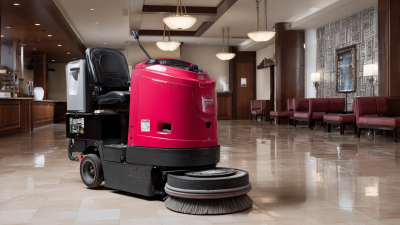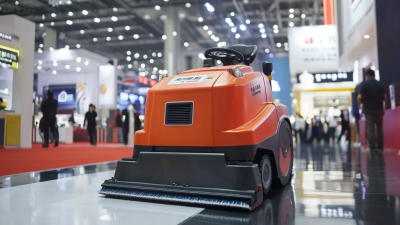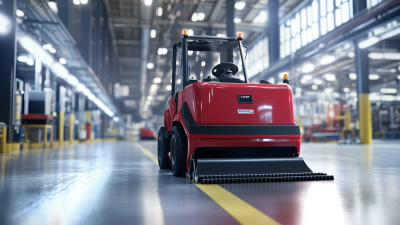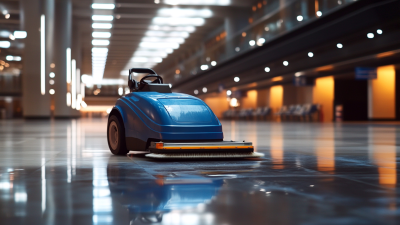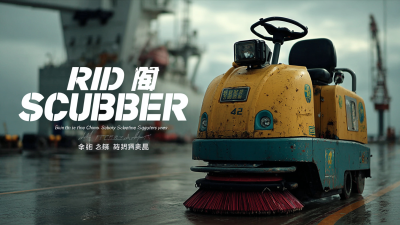Inquiry
Form loading...
In today's fast-paced cleaning industry, maximizing efficiency is crucial for businesses aiming to reduce operational costs while maintaining high cleanliness standards. One essential tool that stands out is the Walk Behind Scrubber, which has been shown to increase cleaning productivity by up to 30% compared to traditional mopping methods, according to a report by the Cleaning Industry Research Institute. As facilities strive for effective sanitation solutions, adopting advanced cleaning technologies is imperative. With an estimated annual market growth rate of 5.7% for commercial cleaning equipment, understanding how to utilize Walk Behind Scrubbers effectively can significantly benefit organizations. This blog will explore five essential tips to enhance the efficiency of your Walk Behind Scrubber, helping you achieve superior cleaning results while optimizing your resources.
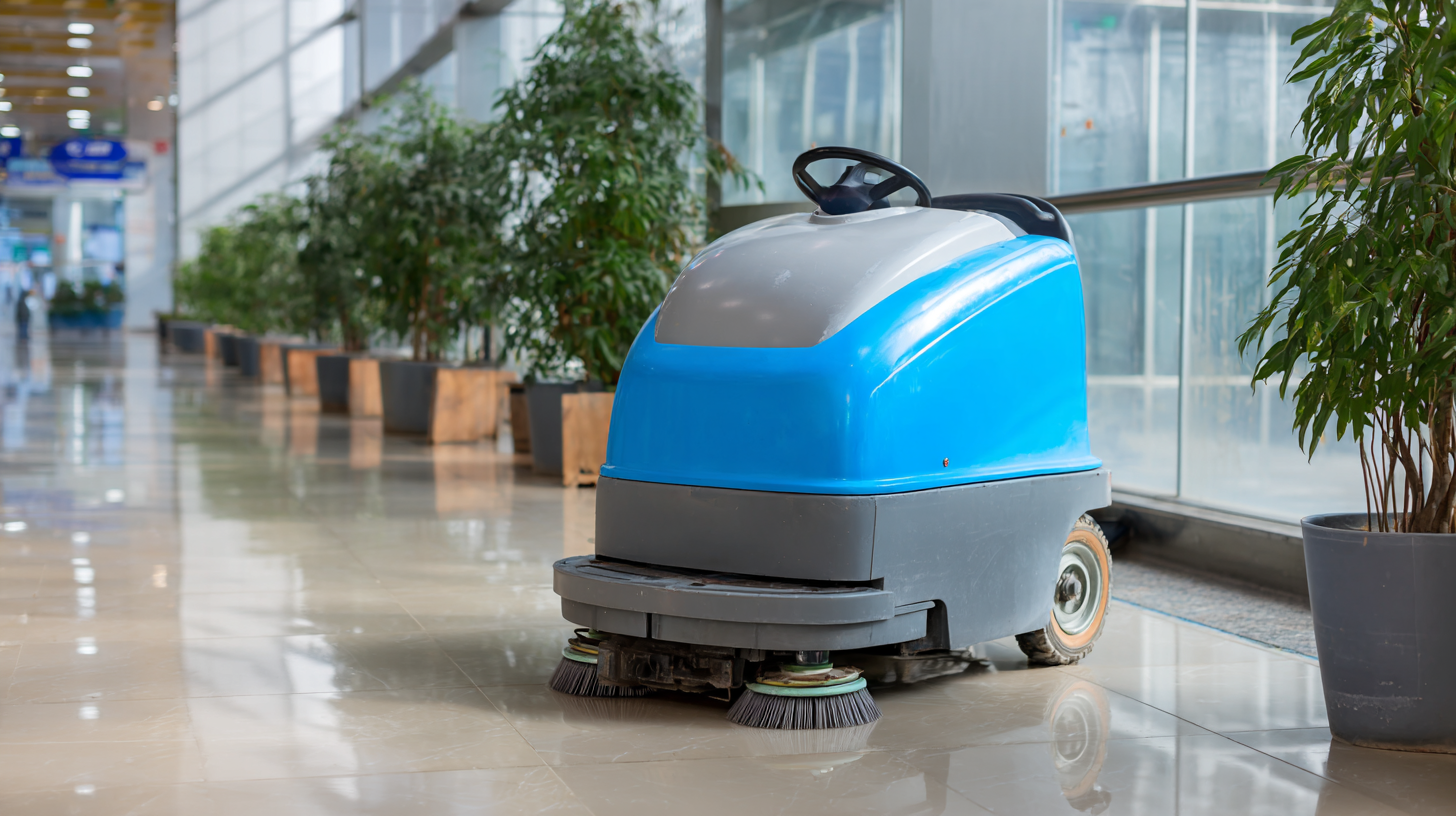
Choosing the right walk-behind scrubber for your cleaning needs is crucial to enhancing efficiency in your facility. Walk-behind scrubbers come in various types, including battery-powered, corded, and those that use propane. According to a recent industry report by the Cleaning Equipment Association, battery-powered models have gained popularity due to their versatility and low environmental impact, as they produce zero emissions during operation. When selecting a scrubber, it's essential to consider the size of your facility and the surfaces you will be cleaning. For larger spaces, a ride-on scrubber may be more effective, while smaller areas can be serviced efficiently with a walk-behind unit.
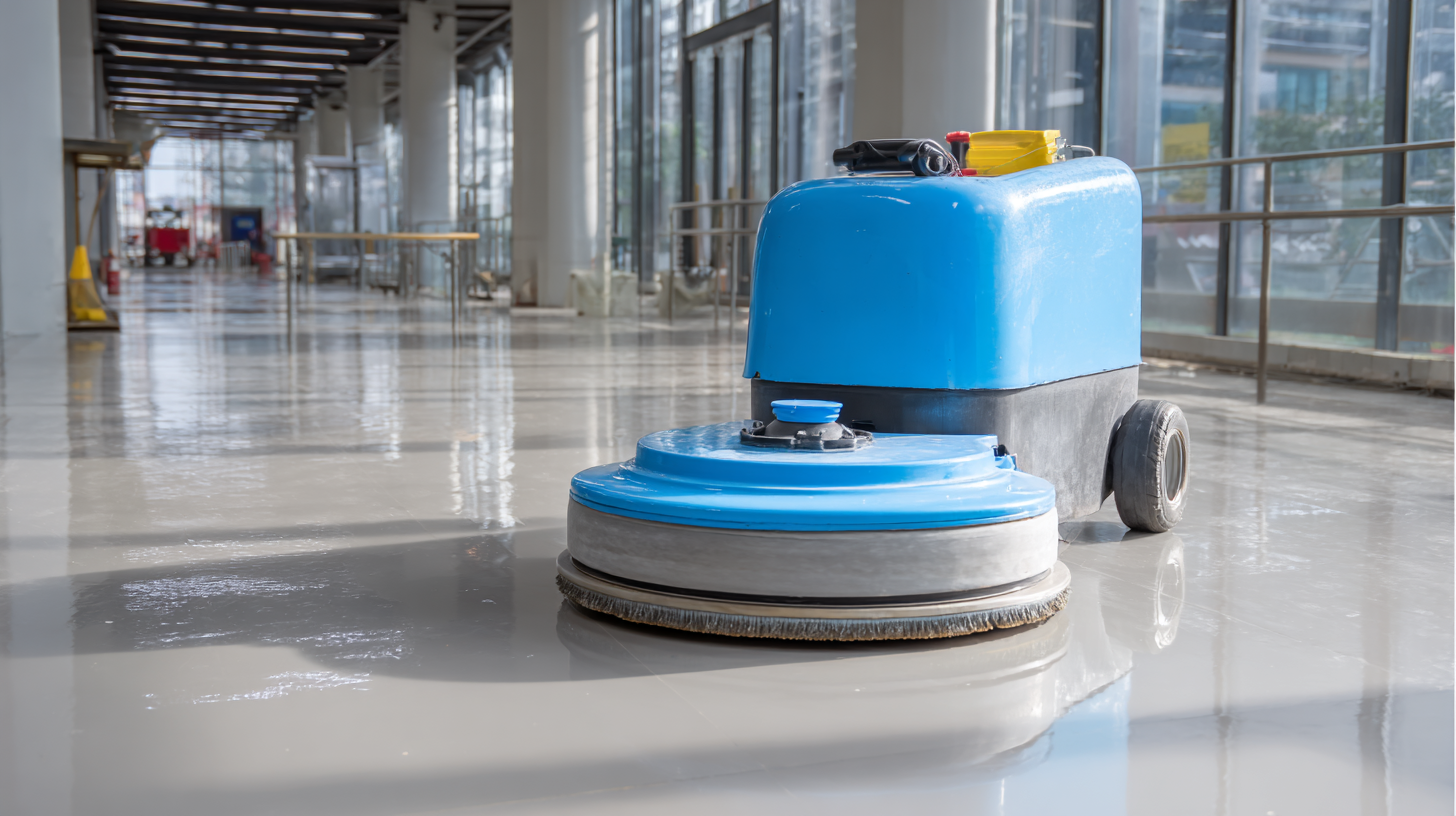
Another important aspect to consider is the scrubber's cleaning path and solution tank capacity. A study from the International Sanitary Supply Association indicates that scrubbing machines with wider cleaning paths can significantly decrease cleaning time, which is essential for enhancing overall productivity. Additionally, models with larger tanks can reduce the frequency of refills, allowing staff to focus more on cleaning rather than downtime for maintenance. Understanding these factors will enable you to choose the best walk-behind scrubber that meets your operational needs while optimizing efficiency.
When selecting a walk behind scrubber, it's essential to focus on key features that will enhance efficiency and performance. First, consider the scrubber's size and maneuverability. Compact models are ideal for tight spaces, allowing for easy navigation around furniture and corners. Additionally, look for a scrubber with adjustable handle heights to improve operator comfort and reduce fatigue during extended use.
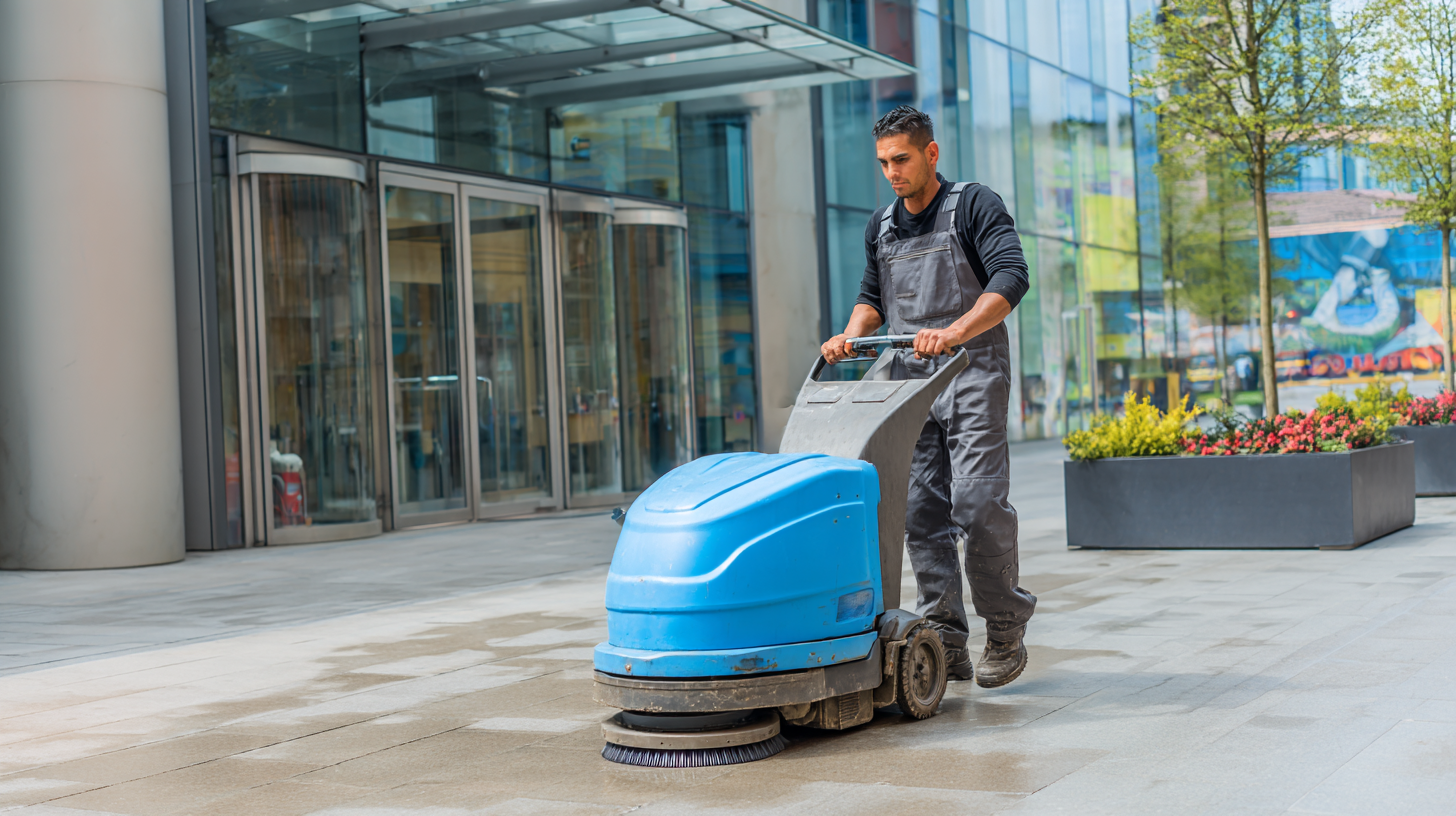
Another important feature is the type of scrub brushes. Different surfaces require specific brush types for optimal cleaning. For instance, soft brushes are great for delicate floors, while aggressive brushes can tackle tough, grimy surfaces. Investing in a model that allows for easy brush replacement will save time and maintain consistent cleaning results.
Battery life and charging capabilities should also be assessed. A reliable walk behind scrubber should have long battery life to prevent interruptions during cleaning tasks. Fast charging options are a bonus, ensuring that the machine is ready for use in minimal downtime. Finally, consider features such as integrated water management systems or automatic shut-off functions, which can further enhance the scrubber's efficiency and sustainability.
When it comes to operating walk behind scrubbers efficiently, understanding the equipment’s design and proper maintenance is crucial. First, ensure that the scrubber is suited for the specific cleaning task at hand. Different surfaces require varying types of brushes and cleaning solutions. Choosing the correct settings for water flow and speed can significantly enhance cleaning power while minimizing wasted resources.
Another best practice involves training operators on effective maneuvering techniques. Encourage a systematic approach to cleaning areas, such as working in straight lines and overlapping strokes, which promotes even coverage. Additionally, regular maintenance checks should be part of the routine; this includes inspecting brushes, pads, and water levels to ensure optimal performance. Lastly, remember to empty and clean the recovery tank frequently to avoid clogs and preserve the scrubber's efficiency. By implementing these strategies, you can maximize the effectiveness of your walk behind scrubber and achieve cleaner environments with less effort.
| Tip Number | Tip Description | Expected Outcome |
|---|---|---|
| 1 | Regular Maintenance | Increased longevity and reduced downtime |
| 2 | Use Correct Cleaning Solutions | Improved cleaning effectiveness and surface protection |
| 3 | Proper Training for Operators | Enhanced productivity and safety |
| 4 | Plan Cleaning Routes | Reduced cleaning time and increased efficiency |
| 5 | Use Right Scrubbing Techniques | Maximized cleaning results with less effort |
Maintaining the efficiency of your walk-behind scrubbers not only enhances their cleaning performance but also extends their lifespan, ultimately saving you time and money. Routine maintenance tasks are essential; research shows that regular upkeep can increase equipment longevity by up to 30%. This includes the simple practice of checking and replacing worn brushes, which can impact cleaning effectiveness significantly. Ensuring that your scrubbers are free from debris and operating smoothly can prevent larger mechanical issues down the line.
In addition to mechanical maintenance, it is crucial to clean and inspect water hoses and connections. Experts recommend inspecting these parts every few months to prevent leaks and ensure optimal operation. Similarly, reducing moisture after each use can prevent mold buildup and enhance the overall hygiene of the machine.
For those invested in maintaining their walk-behind scrubbers, leveraging these techniques can yield a notable increase in productivity and a healthier workspace environment, aligning with findings that cleanliness directly contributes to improved mental health and focus among workers.
Training your staff on the effective use of walk-behind scrubbers is essential for maximizing both efficiency and productivity in any cleaning operation. Start by providing comprehensive training sessions that cover the basics of the machine, including its parts and functions. Ensure that each team member understands how to operate the scrubber safely and efficiently. Hands-on demonstrations can be particularly beneficial; allowing staff to familiarize themselves with the equipment in a controlled environment helps build confidence and competence.
Next, emphasize the importance of routine maintenance and troubleshooting. Teach your staff how to perform basic upkeep tasks, such as checking the water levels, replacing brushes, and cleaning filters. This not only extends the lifespan of the machine but also ensures that it operates at peak performance. Encourage staff to share tips and observe each other’s techniques, fostering a culture of continual learning and improvement. By investing time in training and encouraging best practices, your team will become more proficient, ultimately leading to a cleaner and more efficient working environment.

